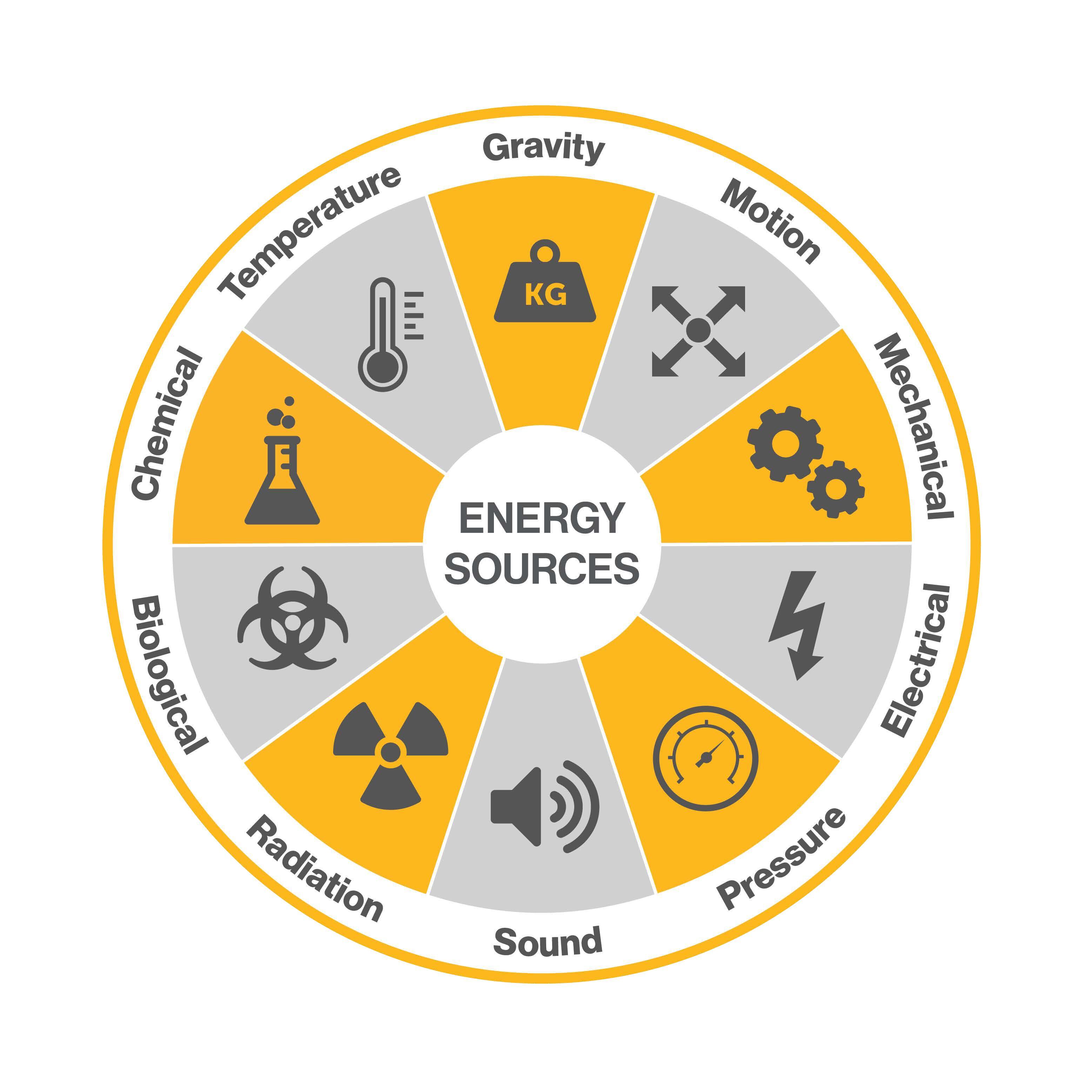Safety sensitive shift work industries waking up to the risks of fatigue exposure
Globally, over 450 million people work in dangerous, safety-sensitive shift work occupations, and human fatigue is the leading cause of accidents, injuries, and lost productivity in these industries.
This conversation is growing across many industries, from leaders in mining to transportation to critical infrastructure. In fact, a recent article published from CNN by Gregory Wallace — Fatigue is starting to put safety at risk, pilots say — has raised this mission-critical issue as well.
“Fatigue, both acute and cumulative, has become Southwest Airlines’ number-one safety threat,” the Southwest Airlines Pilots Association, or SWAPA, told airline executives in a letter this week. — CNN.com
Moreover, Fatigue Science adds to this conversation on how organizations can be proactive and have their work schedules examined through machine learning. This ground-breaking approach enables personalized fatigue prediction without the requirement for wearables, dramatically increasing its accessibility.
While the airline industry is raising alarm bells on fatigue management, it is not just pilots but all safety-sensitive industries that have fatigue problems impacting productivity and safety.
You might think that more hiring alone will solve fatigue issues but the root cause of fatigue is complex.
“The causes, the pilots say, include cancellation chaos caused by severe weather, and climbing demand for air travel testing the mettle of still-recovering airlines.” — CNN.com
While dangerous, fatigue has historically been “invisible” until it is too late.
Traditionally, organizations have relied on reactive technology, such as cameras, to detect fatigue. However, these technologies are widely inaccessible due to cost and complexity, and they fail to prevent critical situations before they start. More recently predictive technology using wearables has enabled firms to proactively address fatigue. However, the requirement for wearables has limited its impact to sectors such as mining, where workers are comfortable using these devices.
”A lot of our delays and issues that we’re having have to do more with scheduling and connecting pilots with airplanes,” Murray told CNN in an interview. “It is inefficient scheduling processes that are affecting when we work in a very dynamic environment.” — CNN.com
Moreover, they are looking for data and machine learning-related solutions. Without a data-driven solution, organizations are really guessing how much fatigue there is in their workforce. In fact, many operations management and HSE teams don’t have a way to quantify the decisions based on subjective knowledge on whether the initiatives in place are working.
Now machine learning is emerging as the key to a solution. The paradox is that wearables have been essential to providing high-quality, personalized data necessary for accurate fatigue prediction, and yet, for most companies, the use of wearables itself has been a barrier to adoption.
Using advanced automations and predictive modeling, operations management and HSE teams can plot shift patterns and customizable schedules in just a few taps. From there, AutoSleep technology generates sleep assumptions based on the configuration of a variety of available sleep profiles. For example, you can see the effect of a particular schedule on a good sleeper or poor sleeper.
While many industries worldwide are just beginning to address predictive fatigue management. Transportation and other shift-work sectors, dispatchers, supervisors, and operations management, and HSE teams now have objective visibility into fatigue. And that’s before their schedules create dangerous periods when workers would be at a high risk of having an accident.
We firmly believe that everyone in a safety-sensitive role deserves to receive a quantified, reliable fatigue prediction before performing a dangerous task. Working together, members of industrial organizations can meaningfully reduce fatigue risk by using advanced automations and predictive modeling to fit your organizational culture.
Fatigue Science serves cutting-edge organizations who understand the importance of sleep as well as the value of data-driven decision-making. Moreover, many high performance organizations use Instant Insights with ReadiAnalytics to optimize operations, reduce risk, and increase productivity — both at an individual- and enterprise-level.
For the complete article — Fatigue is starting to put safety at risk, pilots say — check out CNN.com.
Interested in learning more about data-driven fatigue management?





